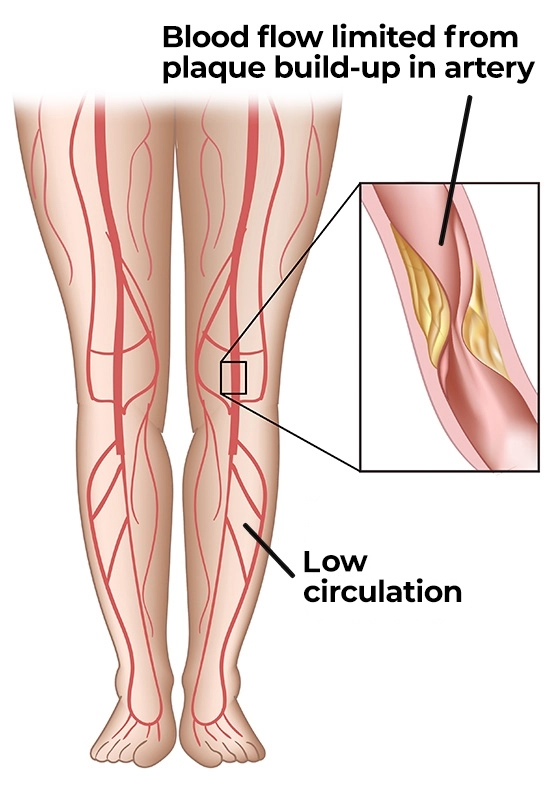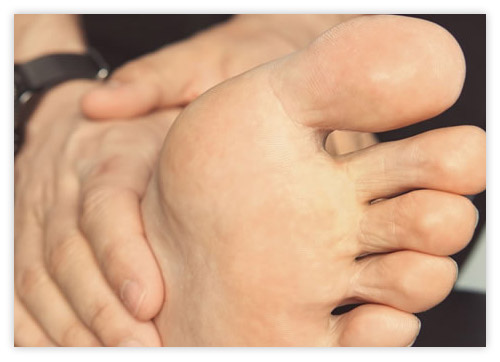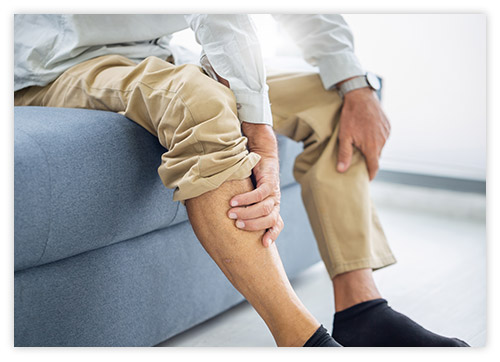
Non Healing Wounds
Symptoms
What are non-healing wounds?
This may include sores, ulcers, skin lesions, and other wounds that seem slow to heal. They are particularly common on the leg, foot, or toe. A wound may be considered non-healing if it doesn’t seem to heal within five weeks. Non-healing wounds are particularly common for people with poor circulation, most commonly occurring in their lower extremities.
What causes non-healing wounds?
There are many reasons why wounds don’t heal, but the primary reason is due to poor circulation-the lack of blood circulating or not reaching the afflicted areas. The good news is that healing wounds with improved healing rates are possible, and so are your chances of avoiding amputation if your condition is addressed and treated in a timely manner.
Non-healing wounds can be a symptom of diabetes and a warning sign for vascular problems. Left untreated, these can cause serious medical problems, leading to amputation. Diabetes results in an amputation every 20 seconds- and the loss of life every seven seconds.
San Antonio has one of the highest diabetes-related amputation rates in Texas and the nation. Those with diabetes are at greater risk for peripheral artery disease, circulation problems, and chronic non-healing wounds in their feet. If these are left untreated, the chances of amputation increase.

Here are some causes and risk factors of poor circulation that prevent the healing process in wounds:
- Age
- High blood pressure
- Diabetes
- Smoking
- High cholesterol
- Obesity
- Lack of exercise
- Family history of vascular problems.
Early detection is key to avoid serious complications, so keep an eye out for the following symptoms, especially in the lower extremities such as legs and feet:
Non-healing sores
Chronic wounds
Foot ulcers
Infections
The first step is to see your doctor immediately if you have any of the risk factors or symptoms listed above. A simple, painless and noninvasive test can determine if you have poor circulation and the severity of the condition.
Request an Appointment
Visit us at one of our 15 convenient locations throughout San Antonio and across South Texas, or enjoy a virtual telemedicine appointment in the comfort of your home.
Healing Wounds and Avoiding Amputation
Healing wounds with improved healing rates are possible and so are your chances of avoiding amputation if your condition is addressed and treated in a timely manner.
What Your Feet Are Telling You About Your Health?
Looking closer at your feet can help you learn about other potential health issues that you might not otherwise have noticed. From minor foot pain or leg pain to more serious symptoms, such as numbness, your feet can show symptoms of disease before other parts of your body.
Poor Circulation
Poor circulation is when there is inadequate blood flow to certain areas of the body, in particular the legs and feet. This is called peripheral vascular disease or peripheral artery disease.












